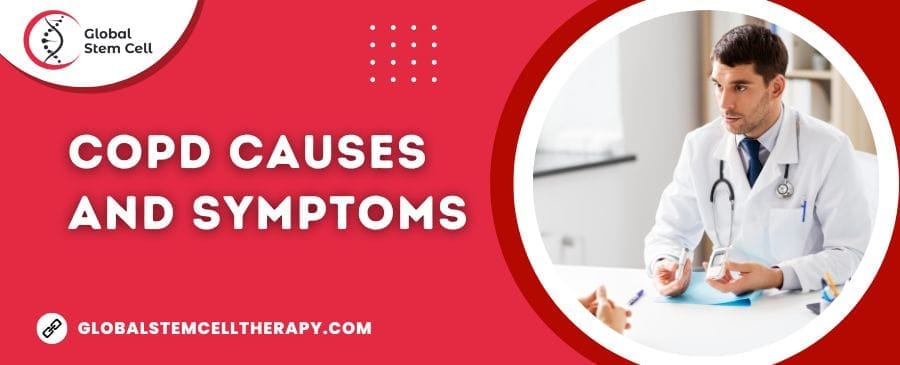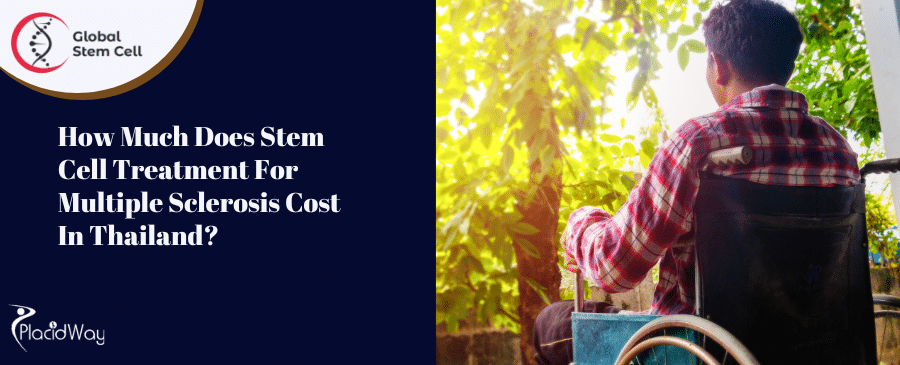
COPD Causes and Symptoms
Table of Content
Chronic Obstructive Pulmonary Disease (COPD) is a progressive lung condition that affects millions of people worldwide. In this comprehensive guide, we will discuss the COPD Causes and Symptoms, providing valuable information for those affected by this condition or those wanting to learn more about it.
What is COPD?
COPD is a group of lung diseases that cause airflow limitation and breathing difficulties. It is characterized by chronic inflammation, damage to lung tissue, and narrowing of the airways. The two most common forms of COPD are:
- Chronic bronchitis: Inflammation and swelling of the bronchial tubes, leading to increased mucus production and a persistent cough.
- Emphysema: Damage to the walls of the air sacs (alveoli) in the lungs, resulting in reduced lung capacity and difficulty exhaling.
COPD is a progressive disease, meaning it worsens over time, and it is currently the third leading cause of death worldwide.
Causes of COPD
The primary causes of COPD are:
- Cigarette smoking: This is the leading cause of COPD, responsible for up to 85% of cases. Both long-term smokers and those exposed to second-hand smoke are at increased risk of developing the disease.
- Air pollution: Long-term exposure to outdoor air pollution (such as from vehicle exhaust or industrial emissions) and indoor air pollution (from burning wood, coal, or other biomass fuels) can contribute to COPD development.
- Occupational exposure: People working in environments with high levels of dust, fumes, or chemicals (such as construction, mining, or manufacturing) are at a higher risk of developing COPD.
- Genetic factors: In rare cases, COPD can be caused by genetic factors, such as alpha-1 antitrypsin deficiency. This genetic condition results in a lack of the protective protein alpha-1 antitrypsin, leading to increased lung damage and a higher risk of COPD.
Symptoms of COPD
COPD symptoms typically develop gradually and worsen over time. The most common symptoms include:
- Persistent cough: A chronic, productive cough (producing mucus) is often one of the first signs of COPD. The cough may be worse in the morning and can vary in severity throughout the day.
- Shortness of breath: People with COPD may experience shortness of breath, especially during physical activity. This symptom tends to worsen as the disease progresses and may eventually occur even at rest.
- Wheezing: Wheezing, or a high-pitched whistling sound when breathing, is a common symptom of COPD. It is caused by narrowed or obstructed airways.
- Chest tightness: COPD patients may feel a sensation of tightness or pressure in their chest, which can be uncomfortable or painful.
- Fatigue: COPD can cause a decrease in oxygen levels in the blood, leading to fatigue and decreased energy levels.
- Frequent respiratory infections: COPD patients are more susceptible to respiratory infections, such as colds, flu, or pneumonia, which can exacerbate symptoms and lead to more severe complications.
- Weight loss: In advanced stages of COPD, weight loss and muscle wasting may occur due to difficulty breathing and a reduced ability to participate in physical activities.
- Cyanosis: In severe cases, COPD may cause a bluish discoloration of the lips, fingers, or toes, indicating low oxygen levels in the blood.
It is essential to be aware of the causes and symptoms of COPD and seek medical attention if you or someone you know is experiencing these signs. Early diagnosis and treatment can help slow the progression of the disease and improve the quality of life for those affected.
Risk Factors and Prevention
Understanding the risk factors associated with COPD can help you take steps to reduce your risk of developing the disease. Some common risk factors include:
- Age: COPD is more common in people over the age of 40, as the risk increases with age.
- Gender: Historically, COPD was more common in men due to higher smoking rates. However, with the increase in smoking rates among women, the prevalence of COPD in women has risen, and the disease now affects men and women almost equally.
- Family history: Having a close relative with COPD may increase your risk, especially if you have other risk factors, such as smoking or exposure to air pollution.
To reduce your risk of developing COPD, consider the following preventive measures:
- Quit smoking: If you are a smoker, quitting is the most critical step you can take to reduce your risk of COPD. If you are not a smoker, avoid exposure to second-hand smoke.
- Avoid air pollution: Limit your exposure to outdoor air pollution by staying indoors on high-pollution days or using air purifiers in your home to reduce indoor air pollution.
- Protect yourself at work: If you work in an environment with high levels of dust, fumes, or chemicals, wear protective equipment and follow safety guidelines to minimize your exposure.
- Maintain a healthy lifestyle: Regular exercise, a balanced diet, and maintaining a healthy weight can help support your overall lung health and reduce your risk of COPD.
Diagnosis and Treatment
If you suspect you have COPD or are experiencing symptoms, it is essential to seek medical advice. A healthcare provider will evaluate your symptoms, medical history, and risk factors, and may recommend tests such as spirometry (a lung function test) or chest X-rays to confirm the diagnosis.
COPD treatment focuses on managing symptoms, slowing disease progression, and improving the quality of life. Common treatments include:
- Medications: Bronchodilators (to relax and open airways), inhaled corticosteroids (to reduce inflammation), and combination inhalers may be prescribed to help manage symptoms.
- Pulmonary rehabilitation: This program combines exercise, education, and support to help COPD patients improve their lung function and overall well-being.
- Oxygen therapy: For those with severe COPD and low oxygen levels, supplemental oxygen may be prescribed to increase blood oxygen levels and reduce strain on the heart.
- Lifestyle changes: Quitting smoking, staying physically active, and maintaining a healthy diet can help improve COPD symptoms and overall health.
- Surgery: In severe cases, lung surgery (such as lung volume reduction surgery or lung transplantation) may be considered for select patients.
At the End, understanding the causes and symptoms of COPD is crucial in recognizing the disease early and seeking appropriate treatment. Awareness of risk factors and preventive measures can help reduce the incidence of COPD and improve the quality of life for those affected by this chronic lung condition.






